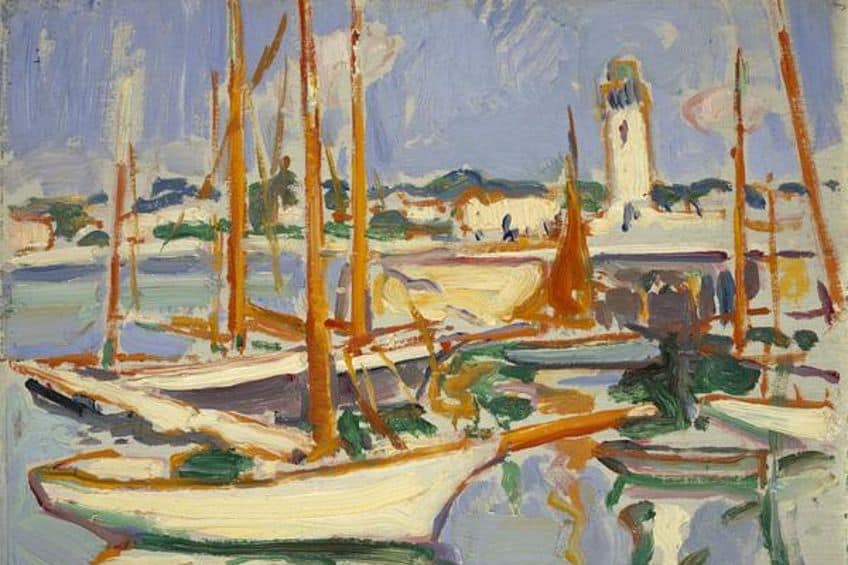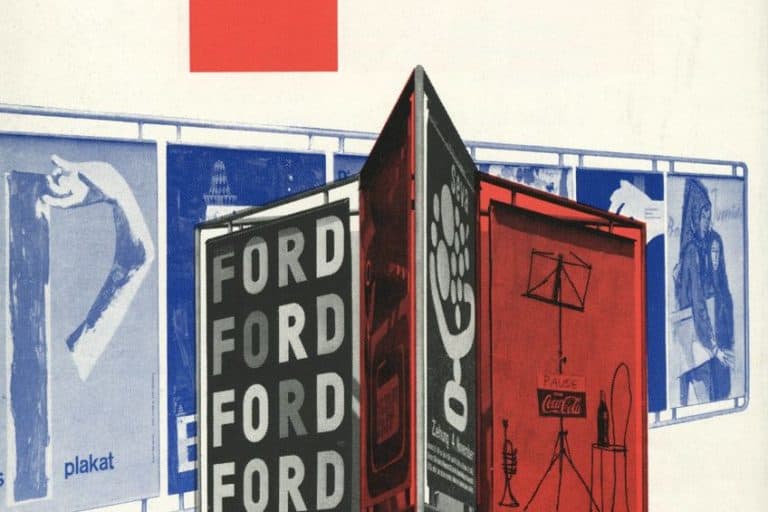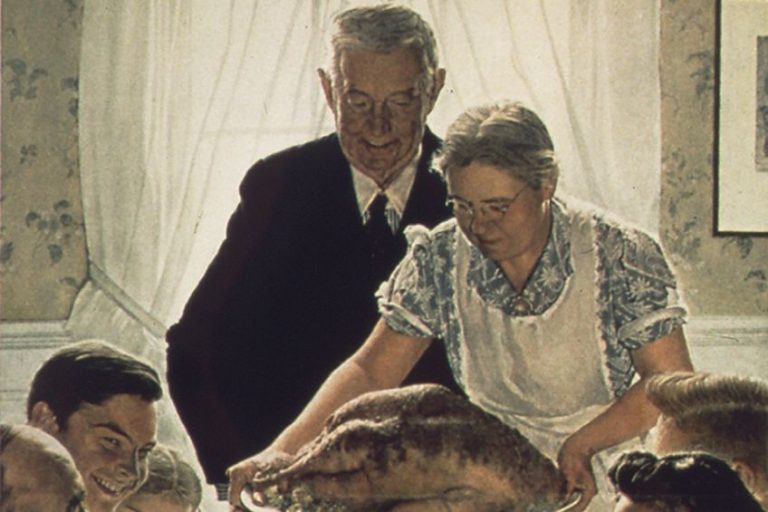Famous Scottish Artists – Introducing the Top 10 Creatives
Scotland is a country with a very diverse cultural heritage, drawing on Anglo-Saxon, Norse, and Celtic influences. Scottish painters were also influenced by international movements, such as Cubism, Impressionism, and Surrealism. Contemporary Scottish artists continue to take various global trends and turn them into unique Scottish artworks. To find out more about the most famous Scottish artists, read more below.
Table of Contents
- 1 Exploring the Most Famous Scottish Artists
- 1.1 Arthur Melville (1855 – 1904)
- 1.2 Charles Rennie Mackintosh (1868 – 1928)
- 1.3 Samuel John Peploe (1871 – 1935)
- 1.4 Anne Redpath (1895 – 1965)
- 1.5 William Gear (1915 – 1997)
- 1.6 Eduardo Paolozzi (1924 – 2005)
- 1.7 Elizabeth Blackadder (1931 – 2021)
- 1.8 Jack Vettriano (1951 – Present)
- 1.9 Alison Watt (1965 – Present)
- 1.10 Douglas Gordon (1966 – Present)
- 2 Frequently Asked Questions
Exploring the Most Famous Scottish Artists
What do Scottish painters portray in their artworks? Well for one, there is the breathtaking Scottish landscape, which consists of numerous stunning lochs, glens, hills, and coastlines. Some focused on portraying the country’s folklore, traditions, and history, whereas others focused on Scotland’s social and political issues of the day. Many contemporary Scottish artists focus on inclusivity and diversity, putting a spotlight on issues such as gender and identity. From the Scottish painters of history to the latest contemporary Scottish artists, here is our list of the most famous Scottish artists.
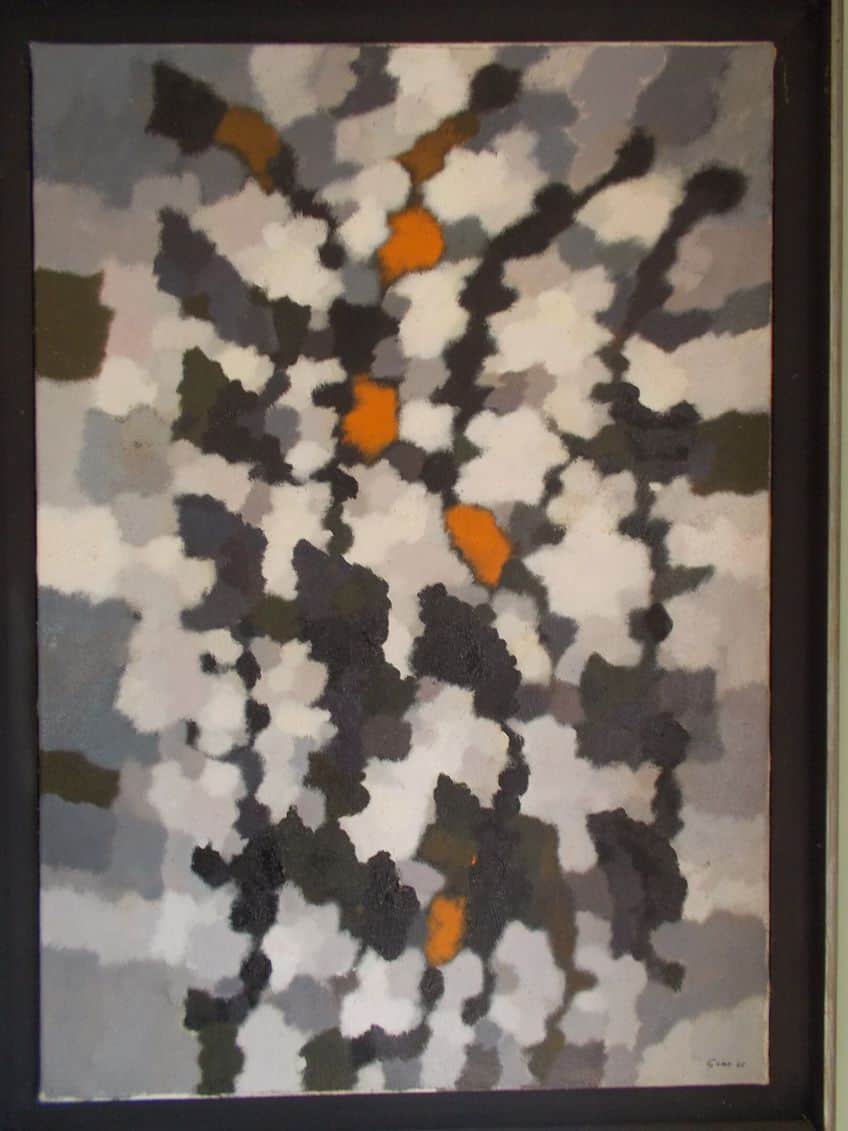
Arthur Melville (1855 – 1904)
| Artist Name | Arthur Melville |
| Date of Birth | 10 April 1855 |
| Date of Death | 28 August 1904 |
| Place of Birth | Loanhead-of-Guthrie, Forfarshire, Scotland |
| Notable Artworks |
|
While working as an apprentice for a grocer, Arthur Melville began painting and took evening art lessons in Edinburgh. He then enrolled at the Royal Scottish Academy School as a full-time student, where he was influenced by John Campbell Noble and John Robertson Reid. Melville then subsequently moved to Paris in 1878 and enrolled at the Académie Julian. He spent a lot of time appreciating the work of other painters, and also started learning about the complexities of watercolor painting here.
He subsequently met Robert Weir Allan, a fellow Scottish artist who exposed him to the works of the Impressionists.
Arthur Melville was among the most unique and innovative Scottish painters of his period. The vividness of his hues, his interest with the effects of light, and his powerful compositions had a significant influence on the art form of watercolor. As an artist, he had a very varied career and was most well-known as an Orientalist artist. His life was tragically cut short when he passed away at the age of 49 from typhoid he caught while in Spain.
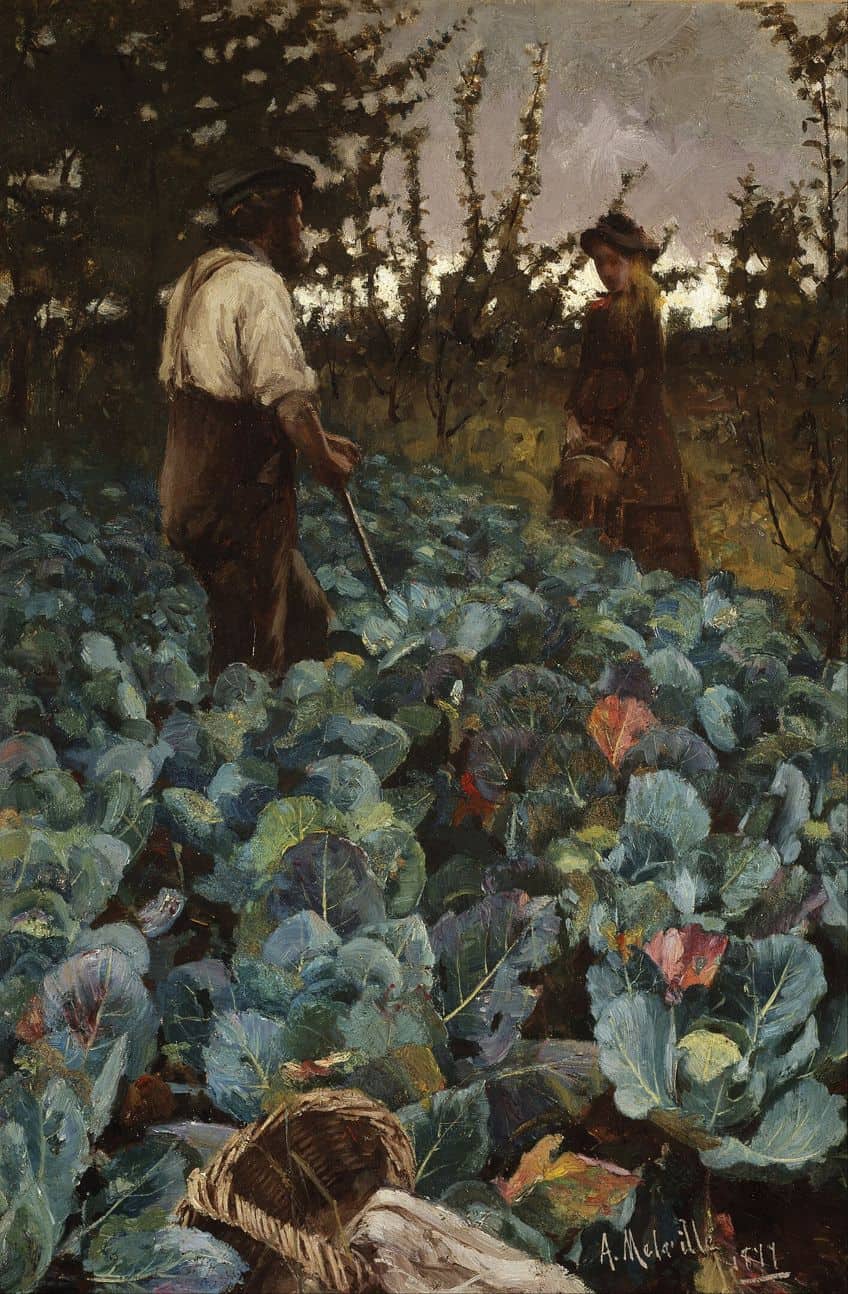
Charles Rennie Mackintosh (1868 – 1928)
| Artist Name | Charles Rennie Mackintosh |
| Date of Birth | 7 June 1868 |
| Date of Death | 10 December 1928 |
| Place of Birth | Townhead, Glasgow, United Kingdom |
| Notable Artworks |
|
In the 1890s, Charles Rennie Mackintosh worked as an architect’s apprentice for a business in Glasgow and attended the Glasgow School of Art’s evening classes. As his talents developed, he started to earn awards for his design and architectural work, including one that enabled him to travel to Italy to study the country’s architecture. He also painted water colors and designed posters and furniture.
The natural environment, geometric forms, and Japanese and Celtic art all influenced his works of art.
Despite the fact that his work was not popular in Scotland during his own lifetime, he enjoyed considerable success in Europe, most notably in Austria and Germany. During his time at art school, he made three friends: Frances and Margaret MacDonald, and James Herbert McNair. The “Glasgow Style” was established by these four friends because of their distinctive artworks and designs. Nowadays, Charles Rennie Mackintosh’s influence may be found in everything from wallpaper and fabric to jewelry and stained glass.

Samuel John Peploe (1871 – 1935)
| Artist Name | Samuel John Peploe |
| Date of Birth | 27 January 1871 |
| Date of Death | 11 October 1935 |
| Place of Birth | Edinburgh, Scotland |
| Notable Artworks |
|
Samuel John Peploe attended the Collegiate School in Charlotte Square, and despite his intelligence, he preferred to spend his time sketching, sailing, or walking rather than focusing on his studies. He then attended Edinburgh College of Art in 1893, and only a year later he enrolled at the Academie Julian in Paris. He was influenced by artists such as Chardin, Corot, Courbet, and Velazquez, in addition to certain 17th-century Dutch artists, especially Frans Hals.
In 1896, he returned to Edinburgh and opened his own studio.
He married Margaret Mackay in 1910, and the couple returned to Paris, where the artist focused on producing landscapes and still lifes. They lived there for a couple of years before once again returning to Edinburgh, where he subsequently opened another studio. His piece, Still Life with Coffee Pot (1905) is considered to be the most expensive painting from Scotland ever to be sold, and was sold at auction for £937,250 by Christies in London in 2011. His artwork was known for its tight composition, vibrant color palette, and meticulous execution.

Anne Redpath (1895 – 1965)
| Artist Name | Anne Redpath |
| Date of Birth | c. 1895 |
| Date of Death | c. 1965 |
| Place of Birth | Galashiels, Scotland |
| Notable Artworks |
|
Redpath, the daughter of a tweed designer, employed fragments of color in a similar way as tweed producers. She enrolled in Edinburgh College of Art in 1913 and then later married James Beattie Michie in 1920. He worked as an architect for the War Graves Commission in France, and their family lived there for the following 14 years. She produced very little art during this period, instead devoting herself to her family.
She moved to Scotland in 1934, and she progressively drifted away from her husband, who was working in London at the time.
She rose to prominence in the Scottish art community in the 1950s and received a number of honors. She is particularly renowned for her still-life subjects, which often include her personal possessions, ceramics, stunning vases, and textiles that have been thoughtfully placed and presented to the greatest decorative effect. She was always inspired and produced panoramic views of every country she visited as well as emotive portraits of her loved ones. Heavily influenced by Henri Matisse, she often flattens perspective and form, especially for creating decorative elements inside the pictorial frame.
William Gear (1915 – 1997)
| Artist Name | William Gear |
| Date of Birth | 2 August 1915 |
| Date of Death | 27 February 1997 |
| Place of Birth | Methil, Fife, Scotland |
| Notable Artworks |
|
William Gear was a Scottish artist primarily known for his abstract works. Gear first displayed his works at the Society of Scottish Artists and the Royal Scottish Academy in 1934. He then enrolled at the University of Edinburgh where his studies included the history of art under Professor David Talbot Rice. He visited Italy, France, Albania, Yugoslavia, Turkey, and Greece after being awarded a scholarship to travel. In 1939, he exhibited with the New Era Group in Edinburgh during a period when he was briefly involved in Surrealism.
He then served in the military from 1940, traveling with it to Palestine, Egypt, Cyprus, and Syria.
In 1944, he participated in the invasion of Italy, holding his first solo exhibitions in Florence and Siena. During his travels over Europe, he also attempted to encourage local artists, such Karl Otto Götz, who were suffering from wartime challenges. In 1950, he came to England with his family and produced Autumn Landscape in response to the Arts Council’s request to create a piece for its exhibition titled Sixty Paintings for ’51. He was also an early innovator in the application of the silk screen technique in the United Kingdom.

Eduardo Paolozzi (1924 – 2005)
| Artist Name | Eduardo Paolozzi |
| Date of Birth | 7 March 1924 |
| Date of Death | 22 April 2005 |
| Place of Birth | Leith, Edinburgh, United Kingdom |
| Notable Artworks |
|
Eduardo Luigi Paolozzi, the oldest son of immigrants from Italy, was born in Leith, North Edinburgh. After Italy became embroiled in World War II, the British authorities placed him in an internment camp for a few months, along with many other men of Italian descent, even though he was born as a Scottish citizen. Many of his male relatives were among the almost 450 Italians who drowned when the ship taking them to Canada was destroyed by a German U-boat, and this had a profound impact on his life.
In 1943, he attended the Edinburgh College of Art before traveling to London for further instruction at the Slade School of Fine Art.
Following that, he then relocated to Paris, where he encountered renowned artists such as Georges Braque, Alberto Giacometti, and Jean Arp. In 1949, upon his return to London, he began teaching at the Central School of Art and Design, and became friends with artists Francis Bacon and Lucian Freud. He experimented with a variety of artistic mediums, such as prints, sculptures, and collages constructed from publications and other found objects.

Elizabeth Blackadder (1931 – 2021)
| Artist Name | Elizabeth Blackadder |
| Date of Birth | 24 September 1931 |
| Date of Death | 23 August 2021 |
| Place of Birth | Falkirk, Scotland |
| Notable Artworks |
|
Elizabeth Blackadder was a painter and printmaker from Scotland. She was the first female member of both the prestigious Royal Academy and the renowned Royal Scottish Academy. She used her Carnegie fellowship money to spend three months touring through Greece, Yugoslavia, and Italy, focusing on Byzantine and classical art. She started to teach at Edinburgh College of Art in 1962 and remained there until she retired in 1986.
She worked in a range of mediums, including watercolors, oil paints, sketching, and printing.
She carefully examined the space between objects in her still life paintings and sketches. She also created landscapes and portraits, although her later works focused on her detailed portrayals of animals and flowers. She expanded her interests in still life during the 1960s while continuing to paint landscapes in Spain, France, Portugal, and Scotland, and she gained a rising reputation for her paintings of flowers. Blackadder visited Japan several times in the 1980s, and many of her works from this time reflect the influence of these journeys.
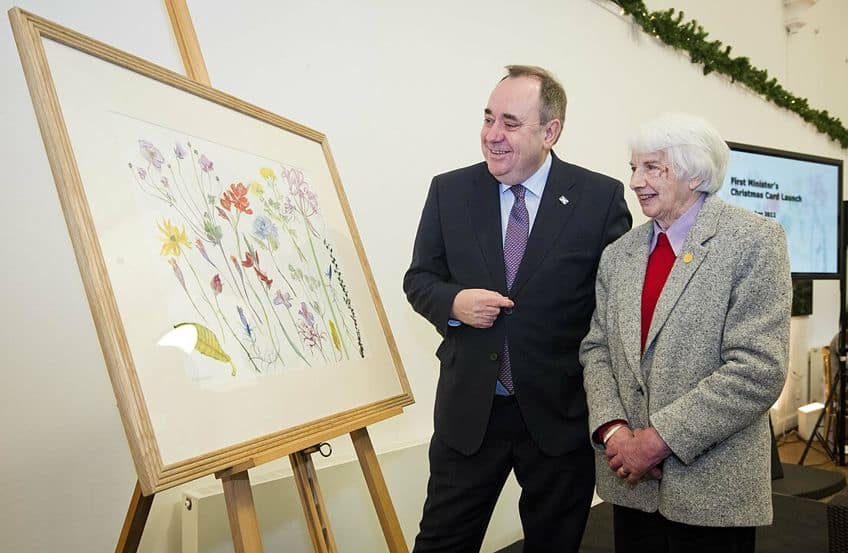
Jack Vettriano (1951 – Present)
| Artist Name | Jack Vettriano |
| Date of Birth | 17 November 1951 |
| Date of Death | Present |
| Place of Birth | Methil, United Kingdom |
| Notable Artworks |
|
Jack Vettriano was born into a considerably impoverished household, and he was often compelled to do odd jobs like harvesting potatoes and washing windows just to make enough money to survive. He dropped out of school at the age of 16 to pursue a career as a mining engineer, and when he was 21, his girlfriend surprised him with a set of watercolor paints for his birthday, leading him to start painting.
Painting took up the majority of his freetime from then on.
He originally tried to enroll at the Edinburgh College of Art in 1987, yet his application was rejected. He entered two of his artworks into the Royal Scottish Academy’s annual exhibit in 1989, and both were not merely accepted, but also sold on the very same day. The contemporary Scottish artist’s work has since been featured in shows in London, Edinburgh, and New York. Jack Vettriano is doing considerably well for himself, earning around £500,000 a year in print royalties alone, while his paintings can fetch up to £195,000 a piece!
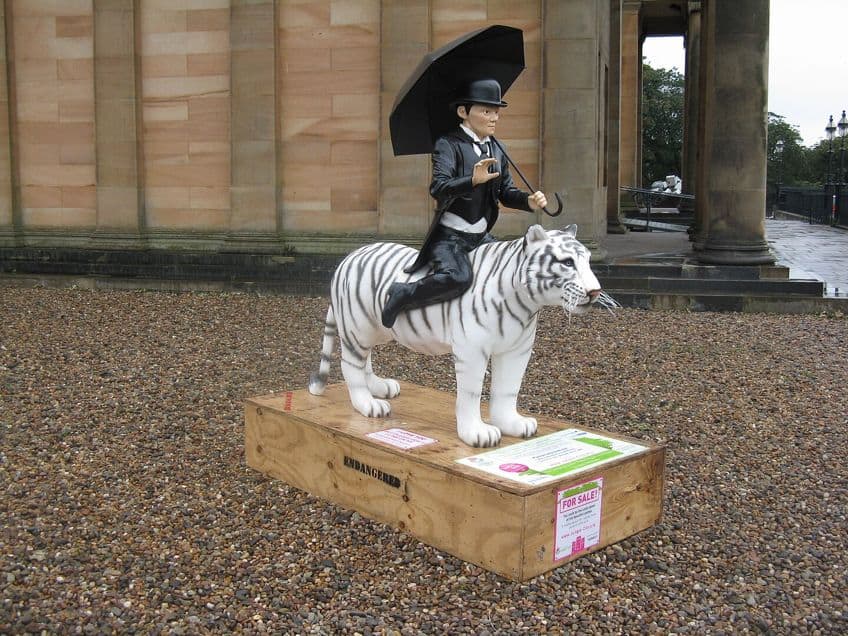
Alison Watt (1965 – Present)
| Artist Name | Alison Watt |
| Date of Birth | 11 December 1965 |
| Date of Death | Present |
| Place of Birth | Greencock, United Kingdom |
| Notable Artworks |
|
Alison Watt, who was born in 1965 in Greencock, studied at the Glasgow School of Art. A childhood holiday to London to see the National Gallery led to a lifetime reverence for Jean-Auguste-Dominique Ingres’ Madame Moitessier (1856), which has continued to inspire her throughout her life. Her art received national renown in 1987 when she received the National Portrait’s Gallery’s annual prize and received a commission to produce the Queen Mother’s portrait.
She rose to prominence in the late 1980s and early 1990s for her works of art featuring nude female bodies.
She was the youngest artist ever to be given an exhibition of her work at the Scottish National Gallery of Modern Art in 2000. She was also the National Gallery of London’s youngest Associate Artist from 2006 to 2008. Her art has been exhibited and housed in the collections of several significant galleries and private collectors. Her work can be found in renowned institutions, such as the National Portrait Gallery, Aberdeen Art Gallery, Glasgow Museums, Kelvingrove Art Gallery and Museum, and Scottish National Gallery of Modern Art.
Douglas Gordon (1966 – Present)
| Artist Name | Douglas Gordon |
| Date of Birth | 20 September 1966 |
| Date of Death | Present |
| Place of Birth | Glasgow, Scotland |
| Notable Artworks |
|
Up next is the contemporary Scottish artist Douglas Gordon. Gordon is a multimedia artist whose work incorporates photography, video, text, and sculpture. Much of Gordon’s art is regarded as having to do with memory and employs various types of repetition. Gordon uses public domain material and also makes performance-based videos. His work challenges typical video applications by experimenting with time and employing numerous displays. His piece from 1993, 24 Hour Psycho, brought him to the attention of a whole new audience.
It is a slowed-down version of Alfred Hitchcock’s film Psycho that continues for 24 hours.
Gordon has received several major artistic awards, including the Premio 2000, Turner Prize, Käthe Kollwitz Prize, and Hugo Boss Prize. He currently lectures at Frankfurt’s Städelschule and splits his time between Berlin and Glasgow. He has also created photographs, usually in series with very small differences between each individual image. He also served on the 65th Venice International Film Festival’s Official Competition Jury in 2008. He was also part of the panel that chose Hito Steyerl as the 2019 Käthe Kollwitz Prize winner.
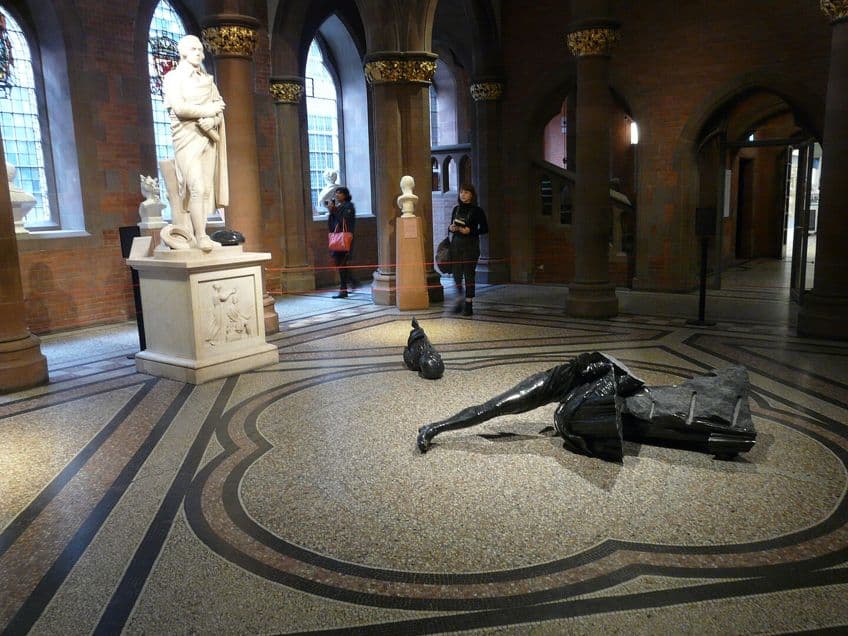
That wraps up this list of famous Scottish artists. While Scotland may not necessarily be the first country that comes to mind when thinking about famous art and artists, the truth is that many talented individuals came from this beautiful land. Our list spans a period of 100 years, from the works of Arthur Melville in the 19th century to contemporary Scottish artist Douglas Gordon’s works. While influenced by artists and styles from across the world, the subject matter of much Scottish art is about the country itself, highlighting its beautiful landscapes or historical events. Yet, Scottish painters remain open to influences and incorporate them into their exciting new Scottish artworks.
Take a look at our Scottish artists webstory here!
Frequently Asked Questions
Who Are the Most Famous Scottish Artists?
Scotland is a country with a very rich and diverse artistic culture. It has been influenced by many significant movements from around the world. Over the years, many notable names have arisen in the Scottish art world. These include Arthur Melville, Charles Rennie Mackintosh, Samuel John Peploe, Anne Redpath, William Gear, Eduardo Paolozzi, Elizabeth Blackadder, Jack Vettriano, Alison Watt, and Douglas Gordon, among many other notable Scottish figures. Today, Scottish painters are renowned for their inclusivity and diversity, focusing on modern issues and subjects.
What Characterizes Scottish Art?
Scotland is a country of great beauty, so it is no wonder that so many Scottish painters have taken to capturing her beauty on canvas. Yet, it is not only the landscape that they have focused on, with many fascinated with the history and cultural legacy of the country. However, Scotland was not culturally secluded from the rest of the world, and its art shows influence from many important movements from around the world. The subject matter of Scottish art ranged from folklore to the political events of the day and everything in between. Today, contemporary Scottish artists focus on issues pertinent to the modern world, such as identity and gender.
Isabella studied at the University of Cape Town in South Africa and graduated with a Bachelor of Arts majoring in English Literature & Language and Psychology. Throughout her undergraduate years, she took Art History as an additional subject and absolutely loved it. Building on from her art history knowledge that began in high school, art has always been a particular area of fascination for her. From learning about artworks previously unknown to her, or sharpening her existing understanding of specific works, the ability to continue learning within this interesting sphere excites her greatly.
Her focal points of interest in art history encompass profiling specific artists and art movements, as it is these areas where she is able to really dig deep into the rich narrative of the art world. Additionally, she particularly enjoys exploring the different artistic styles of the 20th century, as well as the important impact that female artists have had on the development of art history.
Learn more about Isabella Meyer and the Art in Context Team.
Cite this Article
Isabella, Meyer, “Famous Scottish Artists – Introducing the Top 10 Creatives.” Art in Context. January 7, 2024. URL: https://artincontext.org/famous-scottish-artists/
Meyer, I. (2024, 7 January). Famous Scottish Artists – Introducing the Top 10 Creatives. Art in Context. https://artincontext.org/famous-scottish-artists/
Meyer, Isabella. “Famous Scottish Artists – Introducing the Top 10 Creatives.” Art in Context, January 7, 2024. https://artincontext.org/famous-scottish-artists/.


